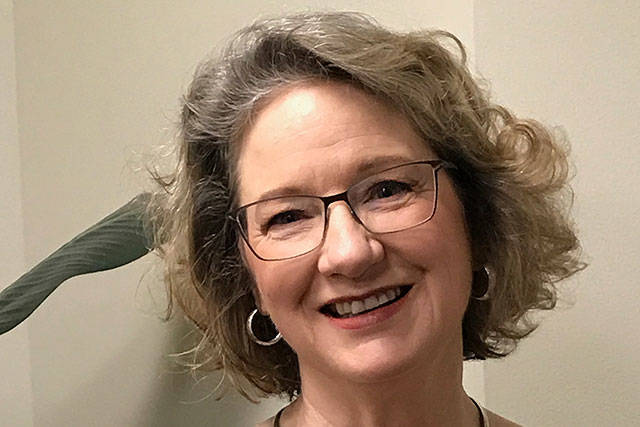When Washington State Ferries (WSF) announced they pulled the steel electrics in 2007, I knew things were going to be bad. With no back-up vessels but the 38-car Hiyu and aging vessels with no funding for new ferries, it was no picnic for any ferry-dependent community. Well, things are going to get worse now. With the last 144-car ferry nearing completion, no back-up vessels and six of the ferries reaching 60 years and beyond in the next 10 years (a third of the fleet), it’s going to get very ugly for us.
Now factor in the projected ridership increase for the Puget Sound area and increased traffic, too.
Recently, Gov. Jay Inslee mandated that future ferries should be greener and advocated for hybrid vessels.
He actually included money in the budget to begin the process, which the Legislature threw out. The money was, to my knowledge, only for designing hybrid and plug-in hybrid systems for the bigger Jumbo Mark II ferries and didn’t even address the needs of the other big vessels on the Edmonds run. The concepts are new and have not been tested on ferries, so we have no guarantee of positive outcomes at this point either. Nothing was included to address the need for reliable replacements. Are you starting to get the picture? I haven’t yet decided whether the governor’s request for hybrids was a naïve pipe dream and the thumbs down by the Legislature a response to the impracticality of it, or if the Legislature is just plain ignorant of our need for an efficient, easier-to-maintain ferry system and is avoiding addressing that issue. Either way, ferry communities will need to step up to the task of educating a new crop of legislators or reach out and remind incumbents of a few facts.
A few of those facts include that ferry riders pay 75 percent of WSF’s operating costs through every ticket they purchase (around $324 million annually); WSF needs a 24-vessel fleet (instead of the current 23) in order to address its current maintenance backlog (WSF can’t pull boats to do all the upkeep without a backup boat to replace it); estimates run from eight to 10 years to adapt and design new vessels and actually putting them in service (design and testing four years, Coast Guard approval two years, construction two years). Add on a couple of years to get the Legislature to actually fund the construction, and you have a decade. That’s the ideal scenario for the first boat. If you do the math, it will take almost 20 years to replace vessels that will reach 60 years within 10 years. That means that WSF will be running 70 year old vessels. A total of 13 vessels — over half the fleet — will be 60 years or older in 20 years.
Pretty much all of the above was presented at WSF’s Long Range Plan meeting on April 24 on Vashon.
By mid-May, the bad news will have been presented to all ferry dependent communities. This is what the Legislature will see in final form at the end of the year. Based on my past experiences with the Legislature, most will be too busy to read it and will follow the lead of colleagues they respect for their ferry expertise. With the loss of Rep. Judy Clibborn and Sen. Sharon Nelson, we will need to find more legislative advocates. We need both sides of the aisle in the Legislature to understand how it affects us personally and affects our economic well-being.
For the last couple of years, I took a break from advocating for sustainable ferry funding and lobbying in Olympia. However, our predicament for the next 10 years is going to make the last decade look great in comparison. I know I’m going to be more active, but cannot do it without the help of other islanders this time around. All of us need to prepare to visit and write legislators in 2019. The facts I provided give everyone some talking/writing points. There are more, but I know your head is already reeling with the consequences of these few. Please, save these points and use them as we move further into this mess.
— Kari Ulatoski is a member of the Vashon Ferry Advisory Committee and the Triangle Improvement Route Task Force.



